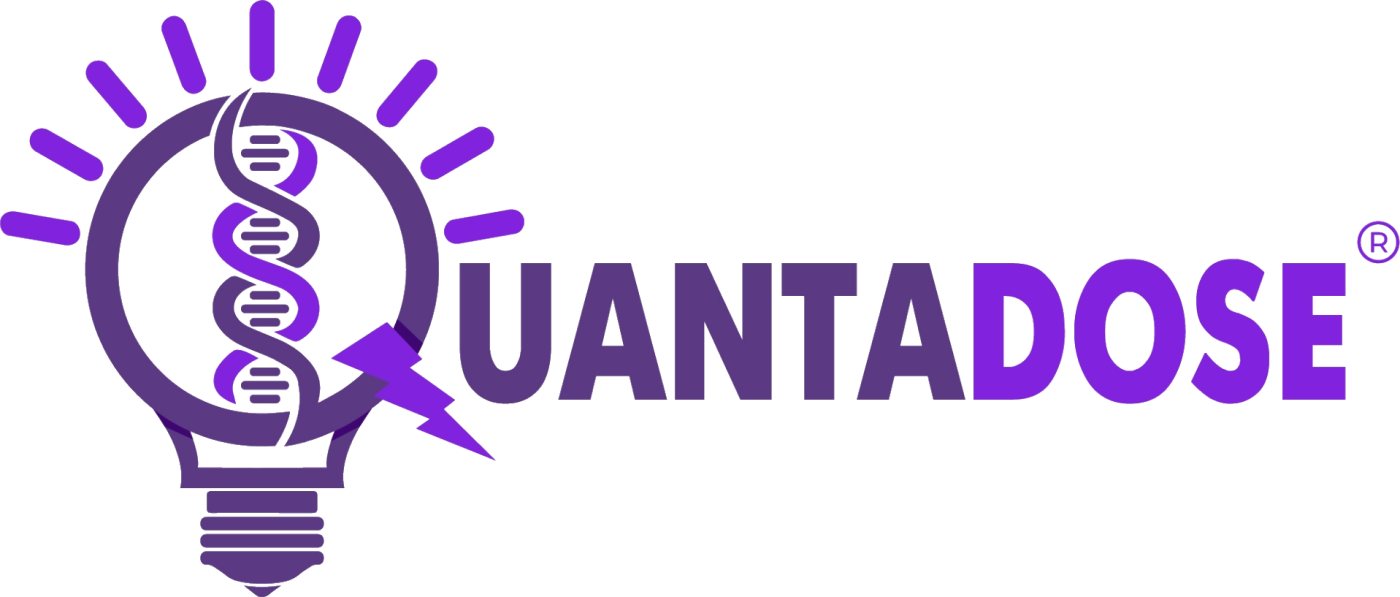QuantaDose Press Releases
The Future is Bright: John Coates’ 219 nm Li-Fi Bio-Defense System Redefines Safety and Connectivity
What if the same light that connects your devices could also protect your health? John Coates, founder of RF Safe, has made this vision a reality with his groundbreaking invention—a 219 nm Li-Fi bio-defense system. This revolutionary technology combines high-speed data transmission and continuous pathogen disinfection in a single, unified system, setting a new standard for public health and connectivity.
https://patents.google.com/patent/US11700058B2/en
A Unified Vision
John Coates’ invention stands out not just for its innovation but for its elegance. Utilizing solid-state LEDs, the system operates at 219 nm, a carefully chosen wavelength that serves dual purposes:
- Li-Fi Data Transmission: The system uses light-based communication to deliver ultra-fast, secure data.
- Germicidal Protection: At the same time, it inactivates airborne and surface pathogens, providing continuous bio-defense.
This integrated approach eliminates the need for separate systems, ensuring seamless operation in diverse environments. Whether it’s a hospital, school, or office, Coates’ system adapts to the needs of the space—offering both connectivity and safety with a single source of light.
Why 219 nm?
The decision to operate at 219 nm isn’t arbitrary—it’s the result of years of research into both photonics and public health. Here’s why this wavelength is a game-changer: Even safer than 222nm.
- Germicidal Efficacy: Like the better-known 222 nm, 219 nm is highly effective at neutralizing viruses, bacteria, and other pathogens. It disrupts their DNA and RNA without harming human tissues.
- Safety: Far-UV radiation at 219 nm is absorbed by the outermost layer of the skin and the tear film of the eyes, preventing it from penetrating deeper into living tissues.
- Solid-State Precision: Unlike traditional excimer lamps, solid-state LEDs operating at 219 nm are highly efficient, tunable, and reliable. This makes them ideal for both data transmission and pathogen control.
“With 219 nm, we’ve achieved the perfect balance of power and safety,” says Coates. “It’s a wavelength that works just as hard to protect us as it does to connect us.”
Safety and Science
Safety has always been a concern with ultraviolet light, but Coates’ system has embraced the most recent scientific advances:
- ACGIH Guidelines: The American Conference of Governmental Industrial Hygienists significantly increased exposure limits for far-UV light in 2022, allowing 161 mJ/cm² for eyes and 479 mJ/cm² for skin. These levels reflect the overwhelming evidence that wavelengths like 219 nm are safe for humans in occupied spaces.
- Seamless Operation: The system’s solid-state design ensures that both the data-transmission and germicidal modes operate safely within these guidelines, even in sensitive environments like hospitals and schools.
Transforming Public Spaces
The applications of Coates’ invention are as varied as the spaces it’s designed for:
- Hospitals: Continuous germicidal mode ensures sterile environments without the need for disruptive chemical foggers or harsh cleaning agents.
- Schools: During the day, the system can operate in full biodefense mode to keep students safe. After hours, it can seamlessly transition to focus on data transmission or energy-efficient lighting.
- Offices and Transit Hubs: With Li-Fi providing high-speed connectivity and far-UV offering constant air purification, these spaces become not just functional but inherently safer.
A Revolution in Solid-State Lighting
What truly sets this invention apart is its use of solid-state LEDs. By integrating data transmission and germicidal functions into the same wavelength, Coates’ system represents a leap forward in efficiency and design.
“This isn’t about two systems working side by side—it’s one system, doing it all,” says Coates. “Every photon serves a purpose, whether it’s carrying data, killing a virus, or both.”
This level of integration also makes the system scalable and adaptable. Whether it’s used in a small office or a sprawling transportation hub, the technology can be tailored to meet the specific needs of the space.
A Bright Future
John Coates has always been a visionary, but with his 219 nm Li-Fi bio-defense system, he’s created something that could truly reshape the way we live. By combining connectivity, safety, and efficiency, his invention isn’t just a response to today’s challenges—it’s a blueprint for the future.
From hospitals to schools, from data centers to public transit, this technology offers a safer, smarter way to stay connected and protected. As Coates puts it:
“Light is the most versatile tool we have. It can carry our data, protect our health, and illuminate our lives—all at once.”
Conclusion
The 219 nm Li-Fi bio-defense system isn’t just an invention—it’s a revolution in light. By unifying high-speed data transmission with continuous germicidal protection, John Coates has created a solution that addresses some of the most pressing concerns of our time.
As we look to the future, one thing is clear: with Coates’ innovation, the spaces we inhabit—whether hospitals, schools, or homes—will be brighter, safer, and more connected than ever before.
